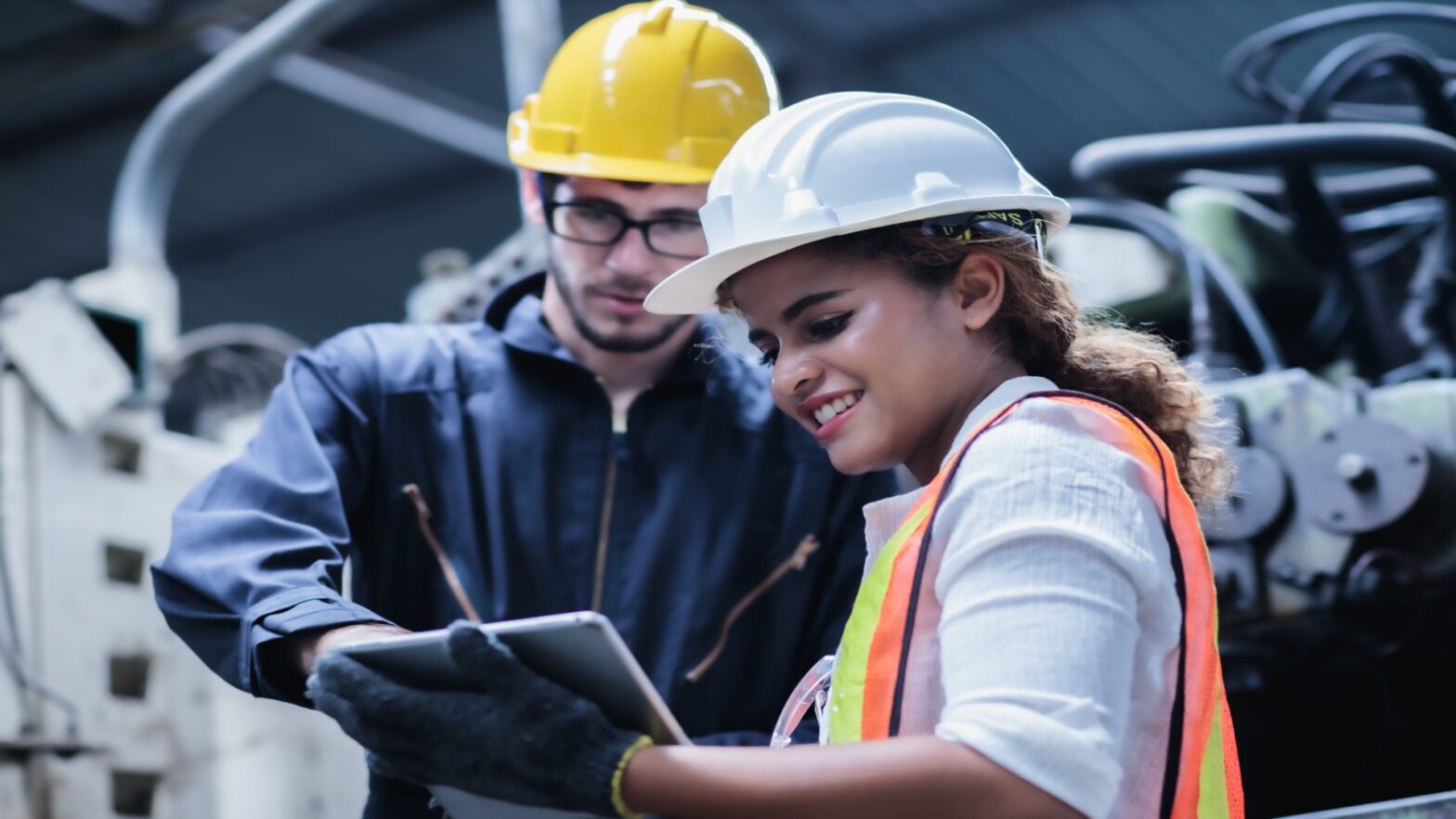The quest for sustainability has transcended mere trends, embedding itself deeply into the fabric of global industries. Construction, a sector historically critiqued for its substantial environmental footprint, is transforming. This shift is largely fueled by innovation and a growing awareness of the need to reduce carbon emissions and conserve natural resources. The introduction of advanced materials and techniques is propelling the industry towards a greener future, where the emphasis is on durability, energy efficiency, and minimal environmental impact.
Specialty Chemicals: Catalysts of Change
At the heart of this evolution are specialty chemicals, highly sophisticated materials designed to improve performance and efficiency in construction projects. These chemicals are engineered to improve specific properties or functionalities that standard materials cannot offer. From enhancing the strength and durability of concrete to offering superior insulation properties, specialty chemicals play a pivotal role in developing sustainable construction solutions. Their application is a testament to reducing environmental degradation while maintaining the integrity and longevity of the built environment.
Reducing Carbon Footprint with Innovative Materials
One of the primary environmental concerns in construction is the carbon footprint associated with producing traditional building materials, such as concrete and steel. Specialty chemicals are at the forefront of addressing this issue by enabling the creation of eco-friendly alternatives. For instance, the development of green concrete, which incorporates recycled materials and reduces the amount of clinker required in its production, significantly diminishes CO2 emissions. Additionally, chemical additives can improve the recyclability of materials, ensuring that construction waste is minimized, and resources are efficiently used.
Enhancing Energy Efficiency
The role of specialty chemicals in enhancing the energy efficiency of buildings cannot be overstated. Innovative insulation materials, such as spray foam insulations that contain advanced chemical formulations, significantly reduce heat transfer. This helps maintain optimal indoor temperatures and lowers energy consumption, leading to reduced greenhouse gas emissions. Moreover, reflective coatings and sealants minimize the heat island effect, a common problem in urban areas, further contributing to energy conservation.
Water Conservation and Management
Water is a critical yet often overlooked component of sustainable construction. Specialty chemicals are instrumental in water conservation efforts, enabling the efficient use and reuse of water in construction processes. For example, superabsorbent polymers can be used in soil to increase water retention, reducing the need for frequent irrigation in landscape areas. Additionally, chemical treatments for concrete ensure that structures are waterproof, preventing water leakage and ensuring that water is used judiciously.
Durability and Longevity
The sustainability of the building is directly related to its durability and longevity. Specialty chemicals significantly extend construction materials’ life span, reducing the need for frequent repairs or replacements. For instance, corrosion inhibitors can be added to concrete to protect steel reinforcements from rusting, enhancing the structure’s durability. Similarly, UV-resistant coatings protect exterior surfaces from sun damage, ensuring that buildings maintain their aesthetic appeal and structural integrity over time.
Sustainable Urban Development
As urban areas expand, creating sustainable urban environments becomes increasingly complex. Specialty chemicals offer solutions that support the development of green buildings and infrastructure. Green roofs, for example, utilize lightweight, water-retaining substances that support plant growth, reduce urban heat, and improve air quality. Additionally, porous pavements with advanced chemical compositions allow rainwater to infiltrate the ground, reducing runoff and mitigating flood risks.
The Path Forward
Integrating specialty chemicals into construction practices is a significant step toward achieving sustainability in the sector. However, the journey continues. Continuous research and development are essential to uncover new chemical formulations and applications that can further reduce the environmental impact of construction activities. Collaboration between chemical manufacturers, construction companies, policymakers, and other stakeholders is crucial to drive innovation and implement sustainable practices globally.
Waste Reduction and Circular Economy
The construction sector is notorious for generating significant waste, from demolishing old buildings to the scraps and packaging from new constructions. Specialty chemicals play a crucial role in addressing this challenge by improving the recyclability of materials and enabling the circular use of resources. For example, chemical additives can facilitate the decomposition of materials at the end of their lifecycle, making recycling them into new construction materials easier. This reduces waste and decreases the demand for virgin resources, fostering a circular economy within the construction industry.
Health and Safety Improvements
The health and safety aspects of construction materials are increasingly coming under scrutiny. Traditional materials and processes often involve substances that can harm both construction workers and the occupants of buildings. Specialty chemicals are being developed to replace these hazardous materials with safer alternatives. For instance, low-VOC (volatile organic compounds) adhesives and paints improve indoor air quality and reduce health risks associated with chemical exposure. Moreover, fire-retardant chemicals enhance the safety of buildings by reducing the risk of fire and protecting lives and properties.
Final Thoughts
The construction industry stands at a crossroads with the opportunity to redefine its legacy. By embracing specialty chemicals and their myriad benefits, the sector can contribute to a more sustainable and resilient future. This transformation aligns with environmental objectives and offers economic and social advantages, underscoring the importance of sustainable construction in building a better world for future generations.






























